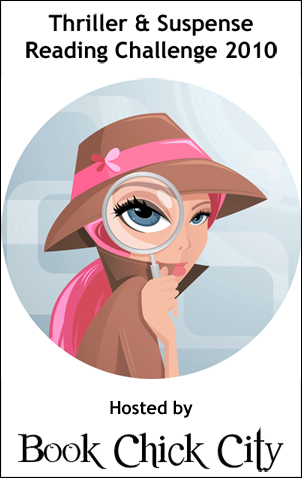A common mistake beginning writers make is to think of action as nothing but a series of successive events like beads on a string. First this happens, then that, then that, and so forth. But action is responsible for building tension, for gaining momentum in a story. You have to learn to pace actions so that events build dramatically.
How to create pattern in action:
1) After you write a scene, ask yourself in what way (or ways) a scene contributed to developing or answering the plot questions you've raised.
2) When stuck, ask yourself the plot questions and how to direct your efforts to answer them.
3) Don't overwhelm your readers with plot questions, 2-3 are enough.
4) Don't delay giving answers. Some answers give early. For example in a mystery you can answer 'Whose are the bones?' and later answer 'How did the bones get into the cellar?' Pace the answers from beginning to end.
5) Make sure the action is consistent with the dramatic phases of the pattern.
Action is the means; plot is it's end.





















6 comments:
I love this tips. Thanks.
Thanks, everyone.
ann
I like your expression, like beads on a string. Indeed, a narrative needs to be cohesive and have an arc we can follow.
Bisi
Bisi, yes, exactly. Glad you like the blog. Did you see your story in the magazine?
ann
Great advice as always! Plotting is the greatest challenge for me.
Plotting, really? It's description and characterization for me, but we both write different genres, to write a good mystery, you need to be plot oriented.
ann
Post a Comment